What is Generalized Anxiety Disorder?
Generalized Anxiety Disorder (GAD) is a mental health condition characterized by a chronic and sustained worry that is intense enough to interrupt daily life. Professionals diagnose people with GAD when they display these symptoms for about six months and have anxiety more days than not during that time.The six-month timeline exists to ensure that people do not receive anxiety diagnoses when they experience acute problems. While trained professionals can effectively help people who have short-term anxiety disorders, they do not diagnose these patients with GAD.
Signs and Symptoms of Generalized Anxiety Disorder
Symptoms can vary widely among people with GAD. Patients may exhibit some or all of the possible symptoms. While these lists can help people understand what may be wrong, only a trained mental health professional can diagnose someone with GAD. GAD symptoms include:
- An overwhelming sense of dread
- An inability to stop worrying
- On-edge or jittery feelings
- Trouble falling or staying asleep
- Difficulty concentrating
- Indecisiveness
- Being easily startled
- Fatigue
- Shaking or trembling
- Tense muscles
- Muscle soreness from tensing
- Digestive problems, including nausea and irritable bowels
- Excessive sweating
- Fast heart rate
What Causes Generalized Anxiety Disorder?
Like many mental health disorders, GAD can have several causes. Lifestyle, environmental, and biological factors can all play a role in the development of GAD.
Lifestyle and Environmental Causes of Generalized Anxiety Disorder
Chronically stressful situations in a person’s life can cause them to develop GAD. Some examples of lifestyle and environmental factors that can contribute to the development of GAD include:
- High-stress job
- Troubled or abusive relationship
- Homelessness
- Financial problems
- Too little sleep
- Too many responsibilities
- Unstable home life
Biological Reasons for Generalized Anxiety Disorder
There is often no apparent reason why someone develops GAD. They may feel like their lives are generally in order and wonder why they worry so much. The lack of an exact trigger does not exclude a person from having GAD.Sometimes, a chemical imbalance is the cause of GAD’s manifestation. People with biological reasons for their GAD may be more likely to develop symptoms during adolescence. They may also feel some level of worry throughout their lives, which worsens when an environmental trigger occurs.Some research suggests that GAD can run in families. However, scientists have not found specific genes that may be responsible for this. The jury is still out on the genetic risk factors for anxiety disorders in general.
Treatment Options for Generalized Anxiety Disorder
Counselors, therapists, and psychiatrists can treat GAD in several ways. A patient may need therapy, medication, or a combination of both to start feeling better. Psychotherapy treatments for GAD include Cognitive Behavioral Therapy (CBT). In CBT, patients learn to respond to triggers differently, thus reducing anxiety levels. Mental health professionals give patients specific tools designed to guide them through stressful situations.Doctors, including psychiatrists, can use three different types of medications to treat GAD: antidepressants, buspirone, and benzodiazepines. Antidepressants include several sub-categories as well. Each of these medication classifications works on various chemicals and mechanisms in the brain.
Telehealth Treatment for Generalized Anxiety Disorder
In many cases, people with generalized anxiety disorder can be diagnosed and treated through virtual appointments, known as telehealth. Online therapy and psychiatry options allow patients to fit anxiety treatment into their schedules. Studies have shown that mental health care can be just as effective through online appointments as in-person visits. Our telehealth appointments are HIPAA-compliant and safe as well.
Different Types of Anxiety Disorders
When a panic attack happens, it happens quickly. These are acute events, meaning they do not last long as anxiety in GAD does. A panic attack involves powerful physical symptoms as well, including increased heart rate, excessive perspiration, and labored breathing. Panic attacks can happen in someone with GAD, but they can also occur in individuals with no other anxiety issue.
In OCD, the patient’s anxiety causes them to fixate on things others hardly ever think about. It is characterized by obsessive thinking, ritual behavior, and fears that something bad will happen if certain tasks are not executed. Patients with OCD can fixate on anything, from germs to how they leave the home each day.
